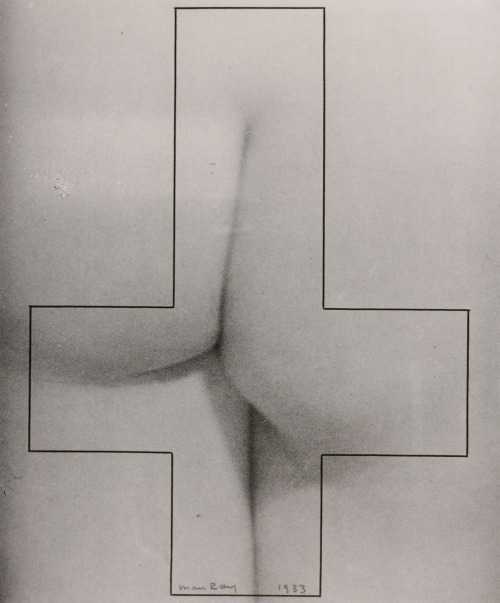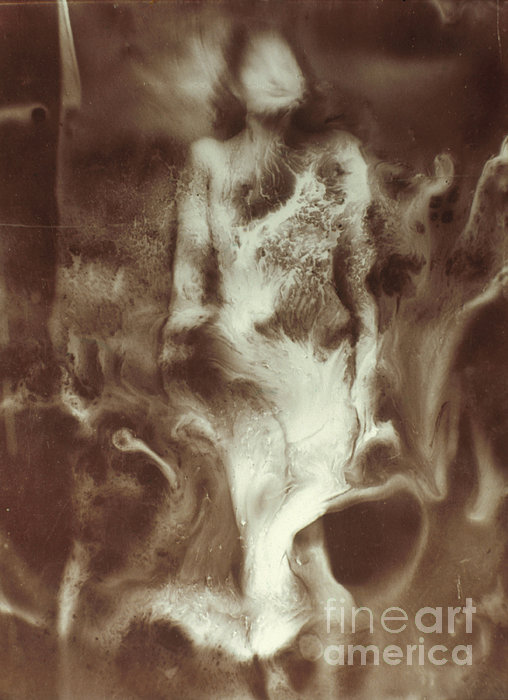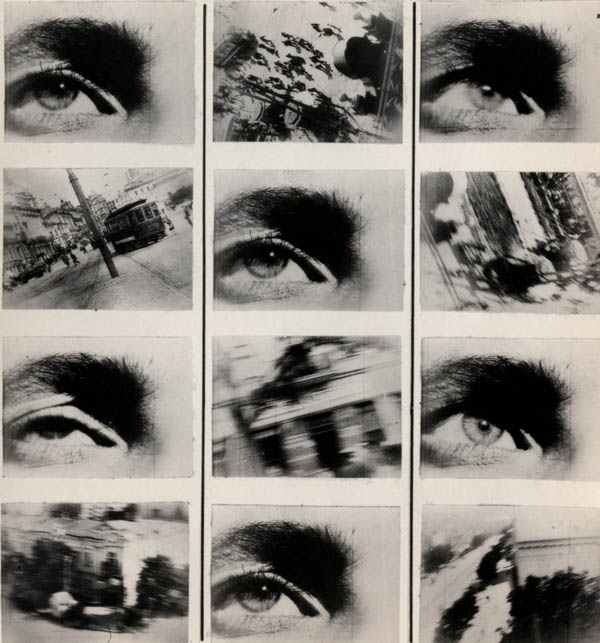Who is Andre Breton?
 In our past, the usage of traditional photography was customarily limited to direct representation, and a surrealistic and non-surrealistic painting might only have their medium as a common ground. All of this allows surrealist photography to inhabit a unique, multi-layered niche. It is seemingly paradoxical and incompatible for photography to ever encompass surrealism, as photography is not something that produces "pure creations of the mind"1 simply through it’s medium. Painting achieves automatism more easily than a medium as rigid as photography would; comparing the two on a superficial level leaves photography to be nothing but "dead and disillusioning."1 Brenton was clearly very anti-representational, so he wasn’t keen on photography- which to him, was the epitome of visual representation.
In our past, the usage of traditional photography was customarily limited to direct representation, and a surrealistic and non-surrealistic painting might only have their medium as a common ground. All of this allows surrealist photography to inhabit a unique, multi-layered niche. It is seemingly paradoxical and incompatible for photography to ever encompass surrealism, as photography is not something that produces "pure creations of the mind"1 simply through it’s medium. Painting achieves automatism more easily than a medium as rigid as photography would; comparing the two on a superficial level leaves photography to be nothing but "dead and disillusioning."1 Brenton was clearly very anti-representational, so he wasn’t keen on photography- which to him, was the epitome of visual representation. Photography was eventually accepted in the world of surrealism, without there being an alteration in the genre, or other change in the definition or qualifications for a work of art to be considered surrealistic. It was accepted because photography emerged that encompassed undeniable surrealistic qualities and now actively served the surrealist movement. Photography allowed for mass production in the movement, increasing availability and influence; photographic work often encompassed Breton’s idea of surrealism more effectively and efficiently than mediums that were traditionally used in the production of surrealistic work. Often, photos had “...far greater power than most of what was done in the remorselessly labored paintings and drawings..”2 The fact that there was less labor involved, and a higher yield than painting, allowed photography to claim it’s hard-earned, and legitimate place in the surrealist movement.
 One characteristic of surrealist photographers is their tendency to selectively frame things through close cropping. When one can control the frame, one can begin “...redrawing the elements inside it.”2 Brenton had started becoming so interested in psychic automatism that he believed life-like depictions of dream states were false. Brenton didn’t want to unite the literary movement with the visual movement by regarding the two mediums as equal; he instead dissolved general constraints in categorization, with the goal to “resolve the dualism of perception and representation.”1 Regardless of the impact photography had on surrealism, it will still never be clearly categorized.
One characteristic of surrealist photographers is their tendency to selectively frame things through close cropping. When one can control the frame, one can begin “...redrawing the elements inside it.”2 Brenton had started becoming so interested in psychic automatism that he believed life-like depictions of dream states were false. Brenton didn’t want to unite the literary movement with the visual movement by regarding the two mediums as equal; he instead dissolved general constraints in categorization, with the goal to “resolve the dualism of perception and representation.”1 Regardless of the impact photography had on surrealism, it will still never be clearly categorized.
Subject matter does not necessarily make a photograph surrealistic. Technique is often implemented to add a surrealistic quality and can vary from traditional printing styles, to the superimposition of images, to various other techniques, depending on the desired result. Surrealism puts the photographer in a position of power. Breton's views the surrealist photographer as one who contrives an image, is the creator, and is deserving of more credit toward it’s production than a photographer who captures an image of their observable surroundings.
Photography does not share many fundamental characteristics with language, and so may seem at times to be in opposition with language. The surreal tries to take hold of some inner narrative; the initial problem with photography taking on the surrealist label. However, photography is able to smoothly record a narrative, as well as carrying the qualities of seamlessness, which is the basis of automatique. The process a photograph takes to be surreal is one in which meaning is added as technique is applied. Once an image is manipulated, language can be seen, sentences can be formed, and new meaning can be seen seen in it’s structural characteristics. Manipulation of a photograph changes its role from being just an imprint of observable phenomena, to that of a tool “...with[in] the realm of language or signification...”2
1 Andre Breton
2 Rosalind Krauss








